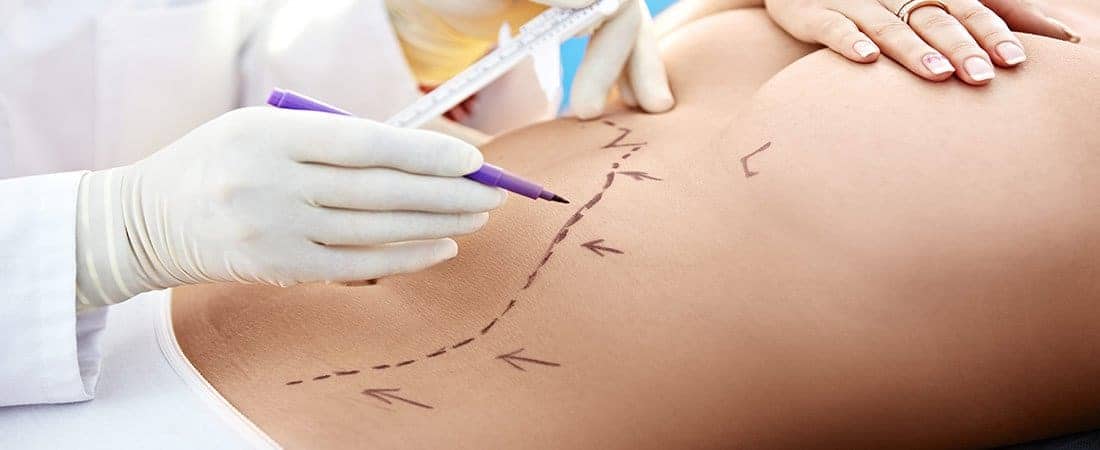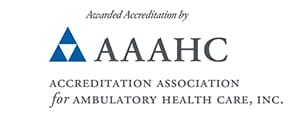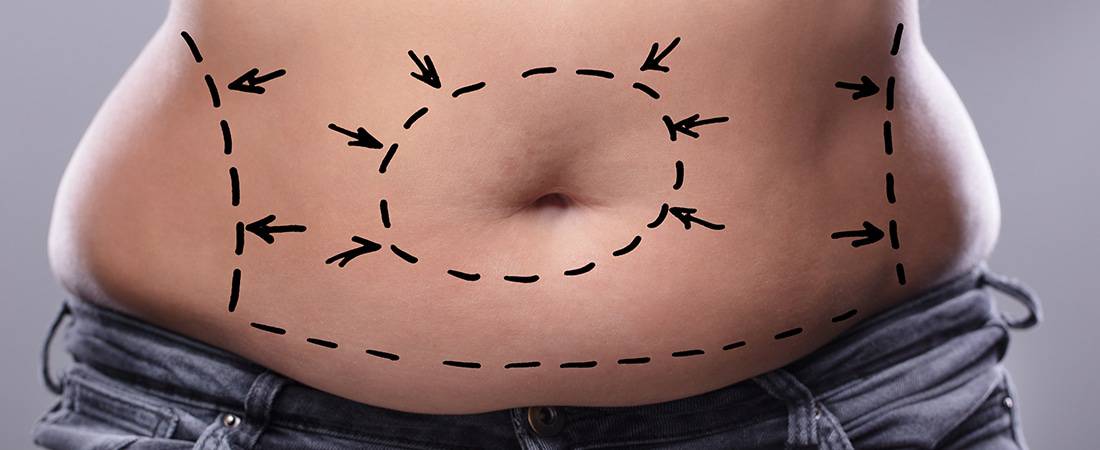Misconceptions About Liposuction – Liposuction is a very popular method for slimming and reshaping certain areas of the body through the removal of excess fat. “Lipo” can boost self-confidence and restore a more appealing body contour. However, it can be helpful to clear up some misconceptions about what it can and cannot do.

Misconceptions About Liposuction
Liposuction is not a solution for cellulite – cellulite occurs when fat under the skin pushes its connective tissue, which then causes those telltale bumps and dimples. Since liposuction is only able to remove soft, fatty tissue and doesn’t directly impact the skin, those fibrous connecting bands that cause cellulite aren’t altered.
Liposuction is not a remedy for lax skin – the forming of a double chin or sagging tummy may involve some amount of sagging skin with decreased elasticity in addition to excess fat. In these cases, Dr. Hein may recommend a skin tightening procedure in conjunction with liposuction.
Age is typically not a factor when considering liposuction – women who are in good health and practice positive lifestyle choices are typically a good candidate for liposuction. Lax skin, which increases with age, may compromise the skin’s ability to regenerate over a newly slimmed, reshaped body shape. Poor skin quality, rather than age, is one of the main obstacles to successful liposuction.
Liposuction is not a form of weight loss – as we mentioned above, liposuction is about reshaping areas of the body. Good candidates for liposuction are usually generally within about 30 percent of their ideal weight range and have areas of fat they would like to minimize.
Recovery time after liposuction – while it is a safe procedure that’s usually done on an outpatient basis, each surgical procedure comes along with a recovery period, and liposuction is not an exception. The most commonly experienced post-procedure effects include inflammation, slight bruising, and tenderness at the treatment areas. While the healing process varies, it may take four to six weeks until most patients can resume rigorous activities.










